What's the cheapest kitchen appliance to run?
Using this cooking appliance more often will definitely help save the pennies
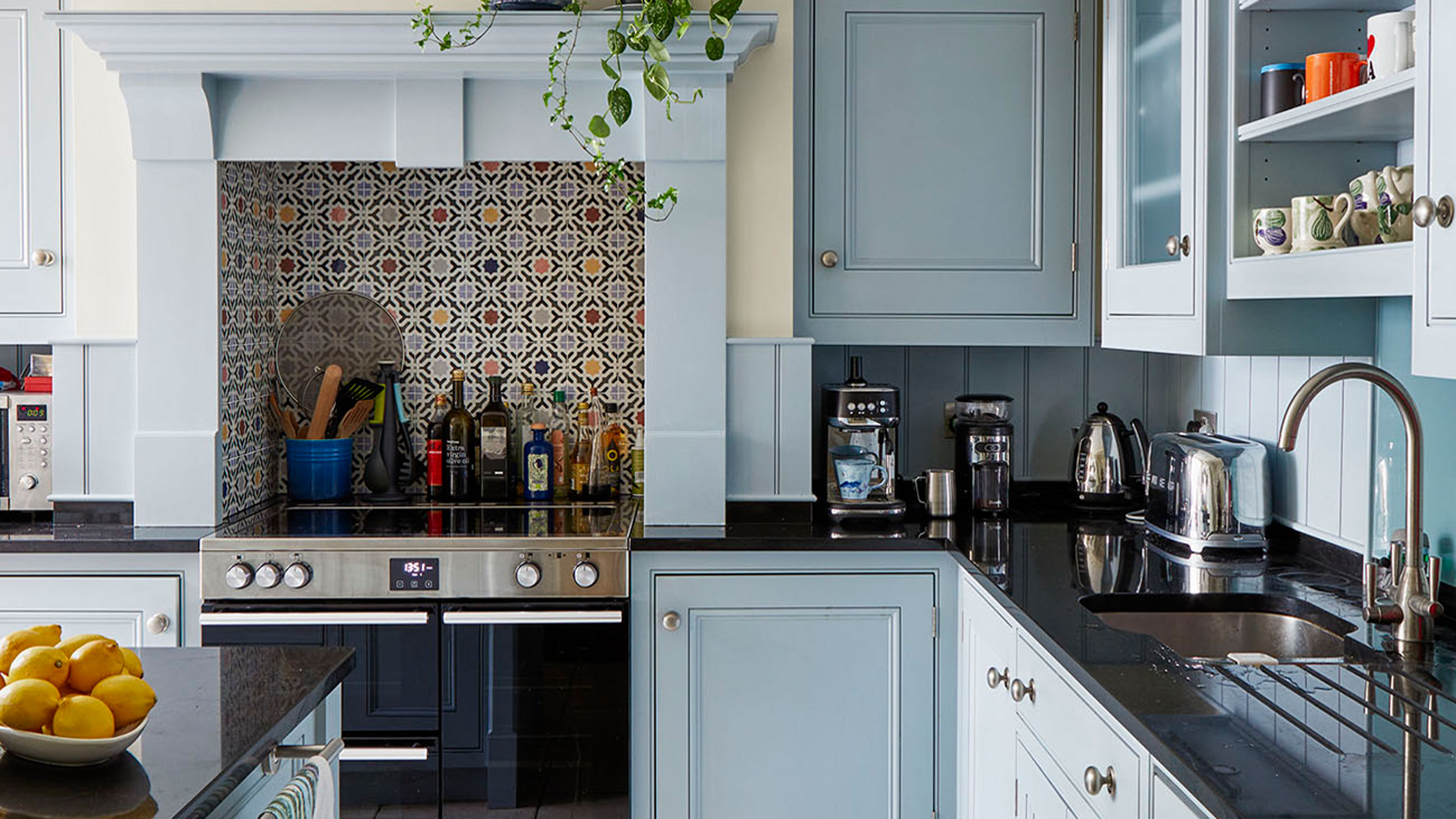

Recent updates
This article has been updated to show the new cost to run based on the January Energy Price Cap. It has also been fact-checked and any out-of-date information removed.
With the cost of living crisis and colder months ahead, we're all making small changes at home to keep costs down. When it comes to cooking, many of us have been turning on our air fryers more frequently and experimenting with how we use them instead of depending too heavily on the oven.
To save energy at home, finding out what the most energy-efficient kitchen appliances are is a good place to start. After all, kitchens and bathrooms are the rooms in the home that tend to use the most energy. Hometree, a boiler, heating and home cover company, has revealed that slow cookers are the cheapest cooking appliance to run.
Time to cook up some casseroles, stews and curries...
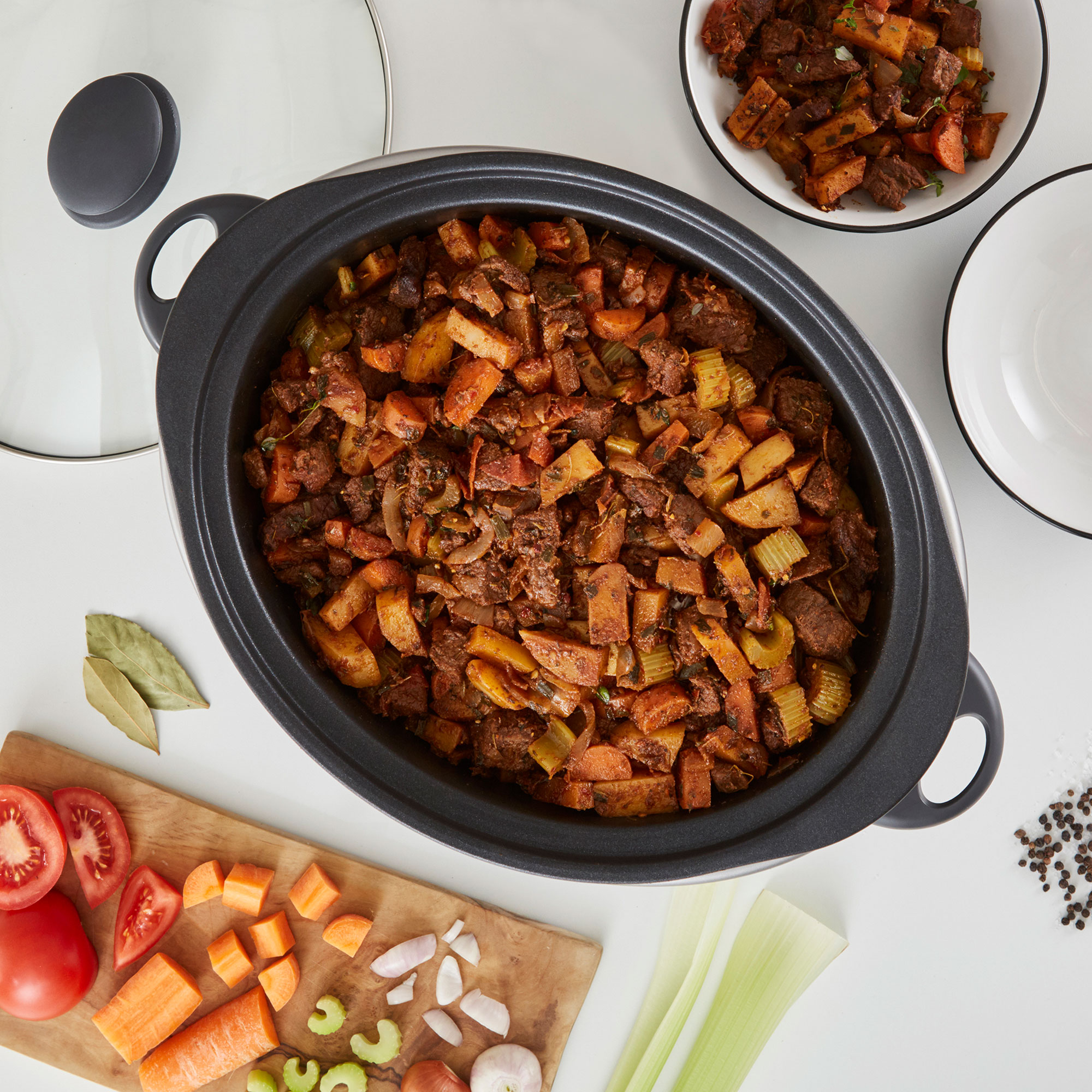
What's the cheapest kitchen appliance to run?
Your best slow cooker will cost around 4p an hour to run. Slow cookers have a low wattage, so even if you leave it on all day, it will only use about the same amount of energy as a lightbulb.
On average, they use about 1.2kW over the course of 8 hours. This means a slow cooker will only use around 162.5w per hour, which works out at just over 4p per hour.
Leaving your slow cooker on all day (let's say eight hours) will only cost around 35p, while an electric oven would cost nearly £2.00 in the same period. So, if you want to cook in a more energy-efficient way, it is well worth investing in our top-rated slow cooker, available at Amazon.
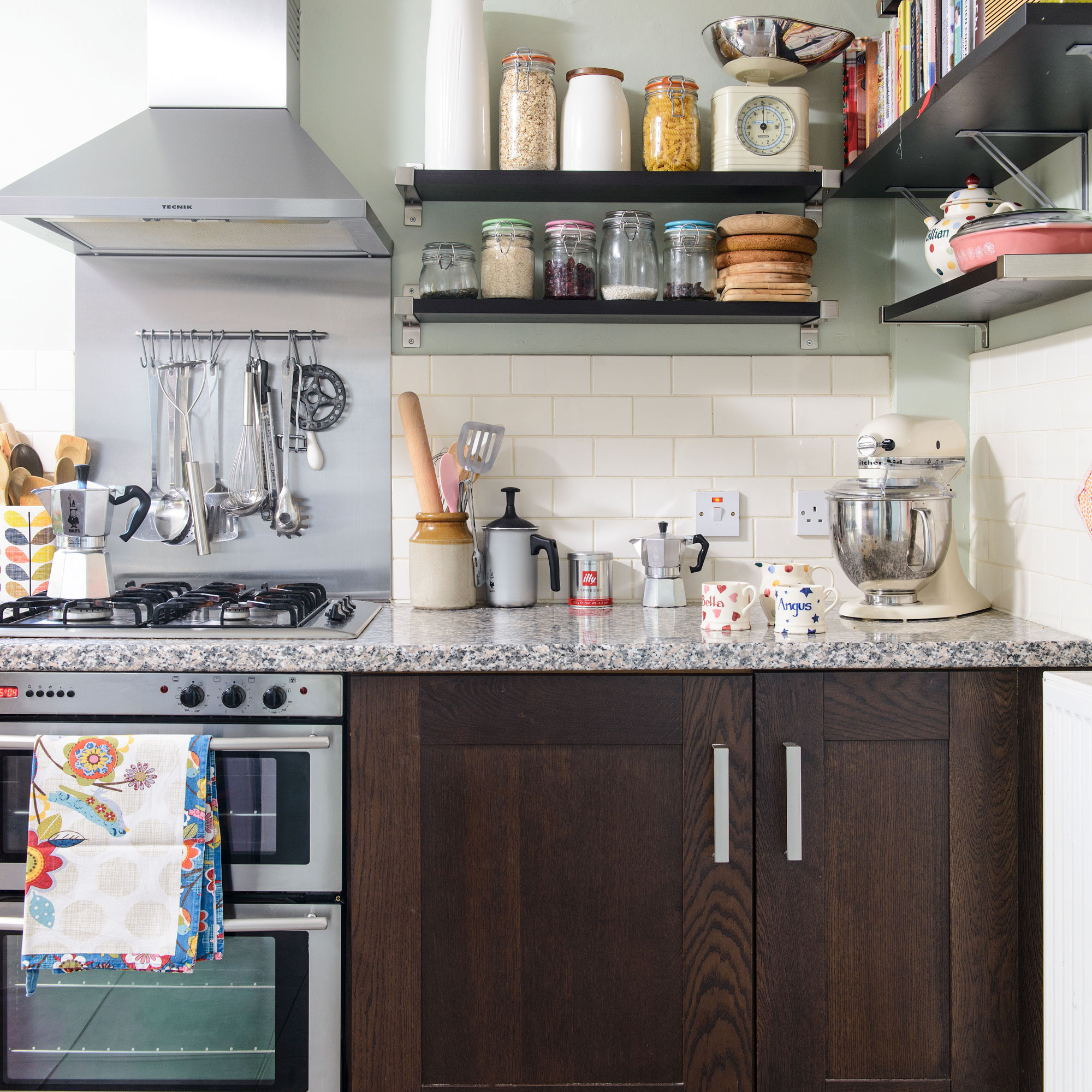
- Slow cooker – 4p per hour
- Microwave – 1.75p every 5 minutes (21p per hour)
- Cost to run an air fryer – 5p every 10 minutes (30p per hour)
- Hob – 17p every 15 minutes (68p per hour)
- Oven – 34p every 20 minutes (£1.02 per hour)
What's the most expensive cooking appliance to run?
On the other end of the scale, the oven (gas or electric) is the most expensive kitchen appliance to run, which comes as no surprise. Avoid storing baking trays inside the oven while cooking, as this can block the airflow and use more energy.
Get the Ideal Home Newsletter
Sign up to our newsletter for style and decor inspiration, house makeovers, project advice and more.
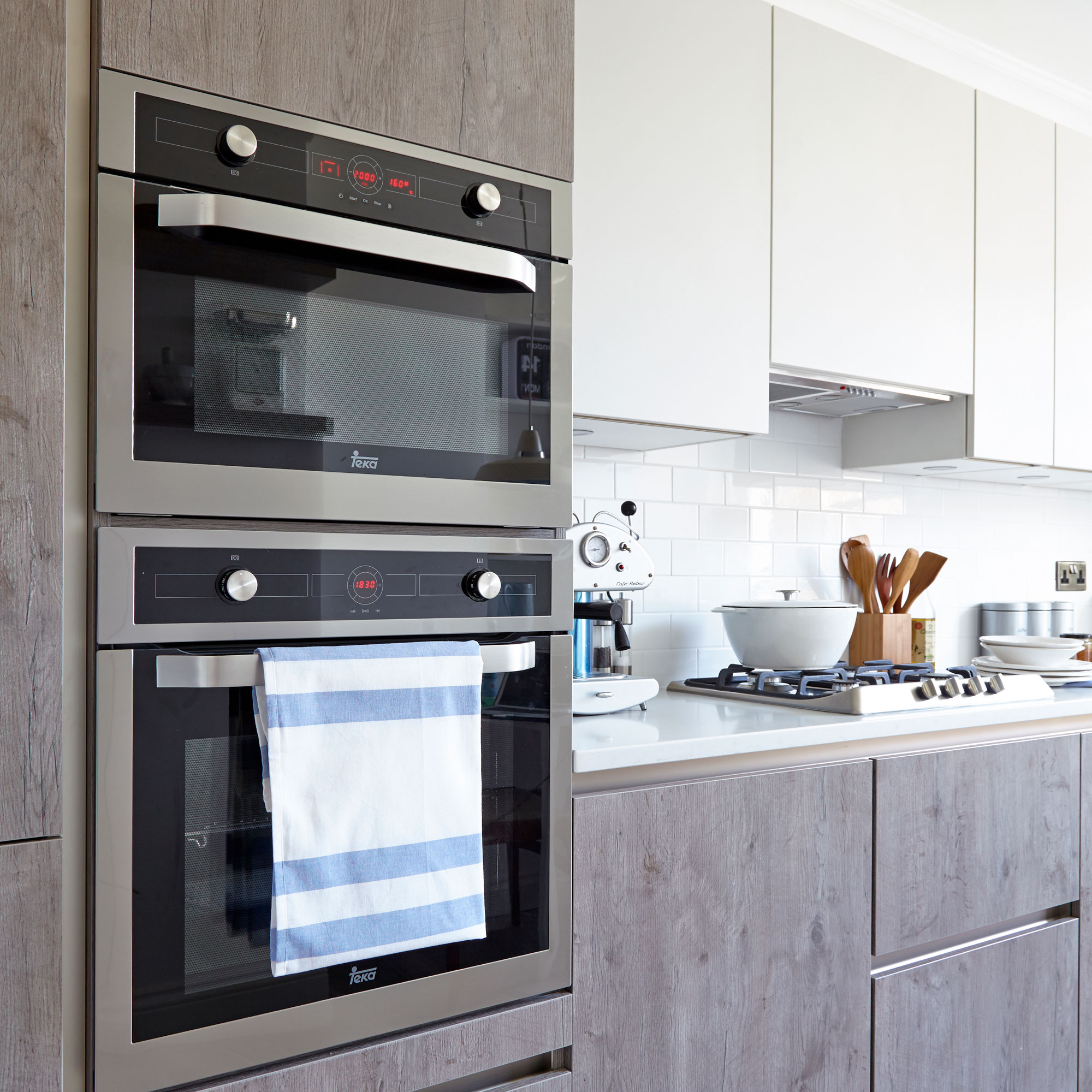
Knowing how to clean an oven will also help to keep it running efficiently. As for what uses the most electricity in the home overall, wet appliances like the washing machine come out on top.
Updating your kitchen fittings will also help to save energy in the longer term. Paul Bailey, Leader, Product Management, LIXIL EMENA and GROHE UK says upgrading your kitchen fittings, such as taps, is one of the easiest and most effective ways to reduce your usage at home.
Changing them to models that have resource-saving features like a reduce water flow or cold-start functionality will help reduce how much energy you're using.

Millie Hurst was Senior Content Editor at Ideal Home from 2020-2022, and is now Section Editor at Homes & Gardens. Before stepping into the world of interiors, she worked as a Senior SEO Editor for News UK in both London and New York. You can usually find her looking up trending terms and finding real-life budget makeovers our readers love. Millie came up with the website's daily dupes article which gives readers ways to curate a stylish home for less.
-
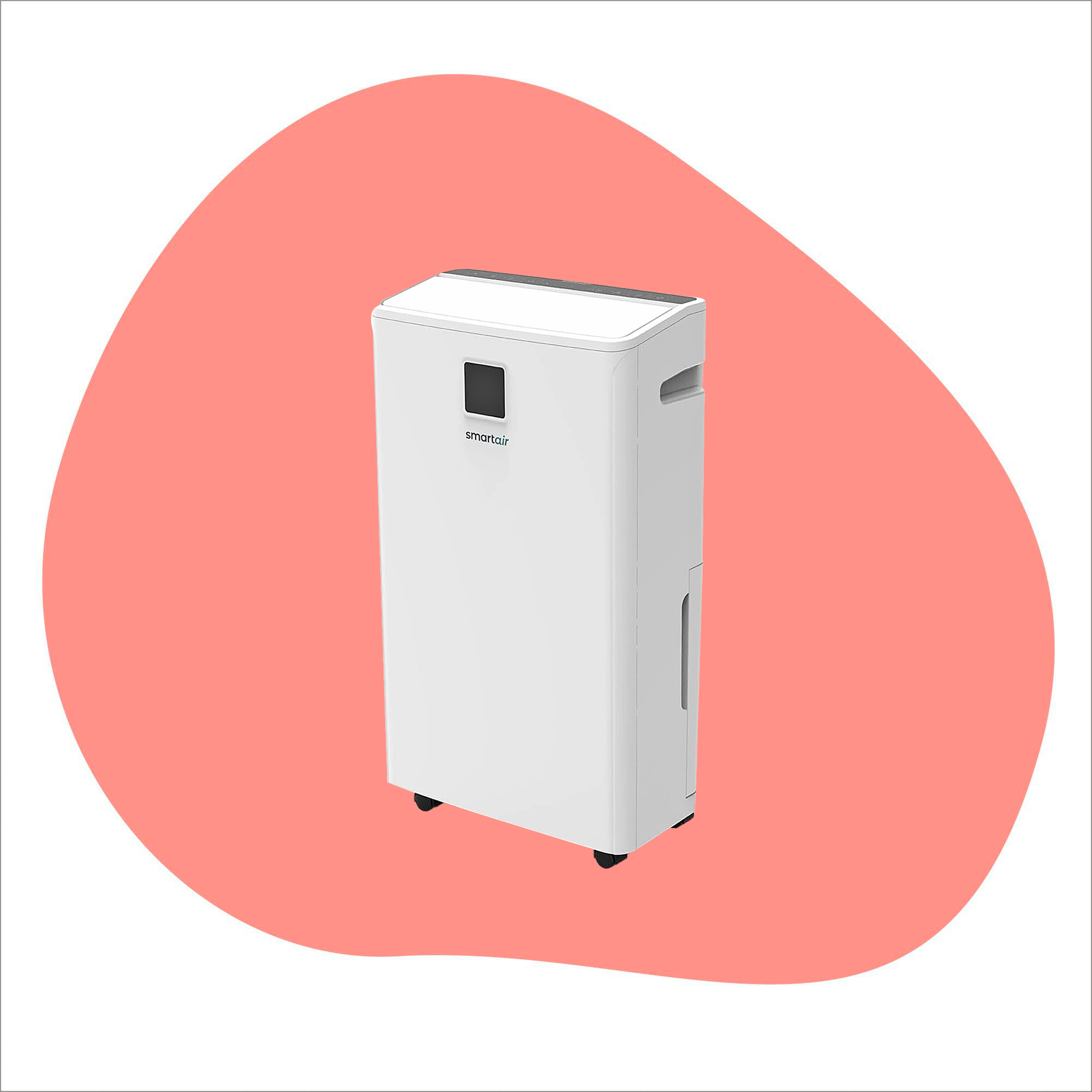 I tried out this neat little dehumidifier for a month – it dried my laundry in half the time
I tried out this neat little dehumidifier for a month – it dried my laundry in half the timeThe 20L SmartAir Dry Zone dehumidifier tackled my laundry drying woes head on
By Jenny McFarlane
-
 I’m seeing pastel garden furniture at all my favourite brands this spring, but QVC’s sorbet collection impressed me the most
I’m seeing pastel garden furniture at all my favourite brands this spring, but QVC’s sorbet collection impressed me the mostFresh pastel shades are a great way to liven up your outdoor space
By Kezia Reynolds
-
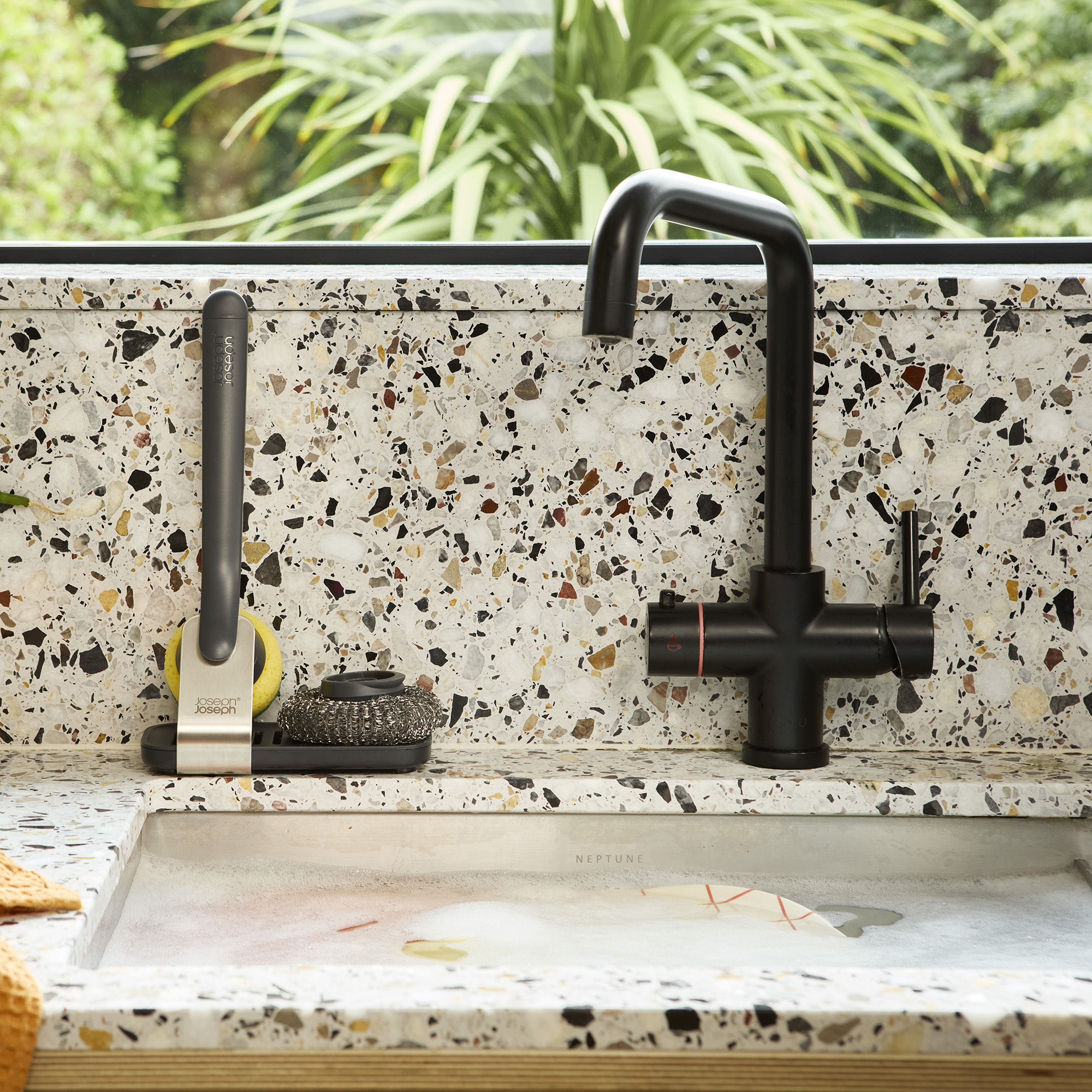 Don't tell my flatmates, but Joseph Joseph's clever new sink range finally made me enjoy washing up
Don't tell my flatmates, but Joseph Joseph's clever new sink range finally made me enjoy washing upI didn't know stylish washing up accessories existed until I saw this collection
By Holly Cockburn